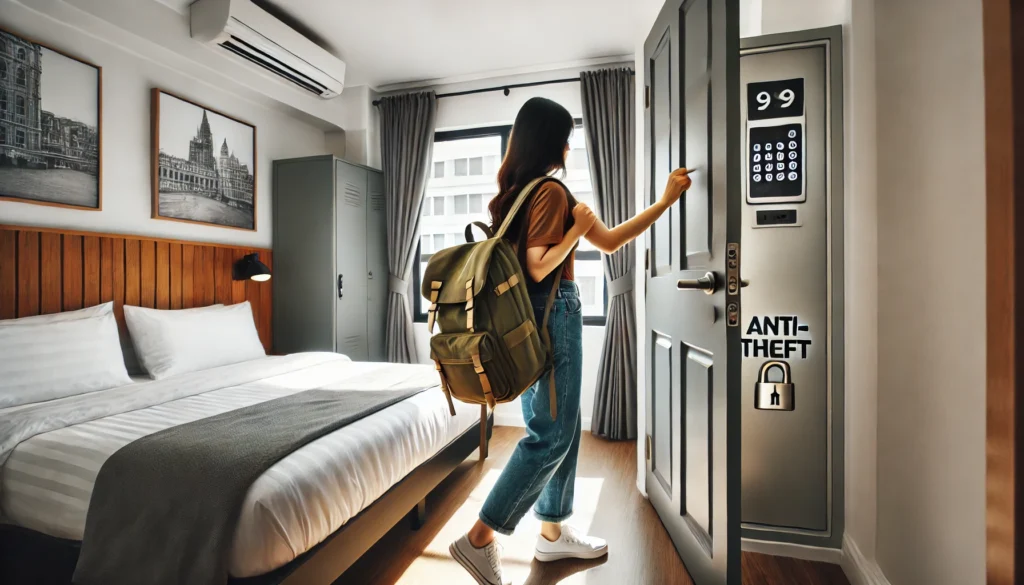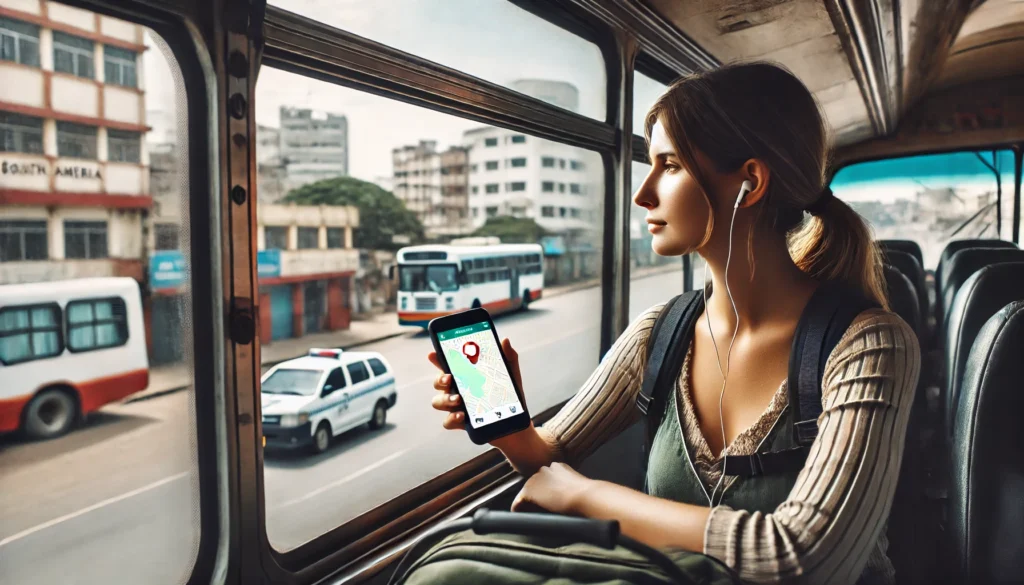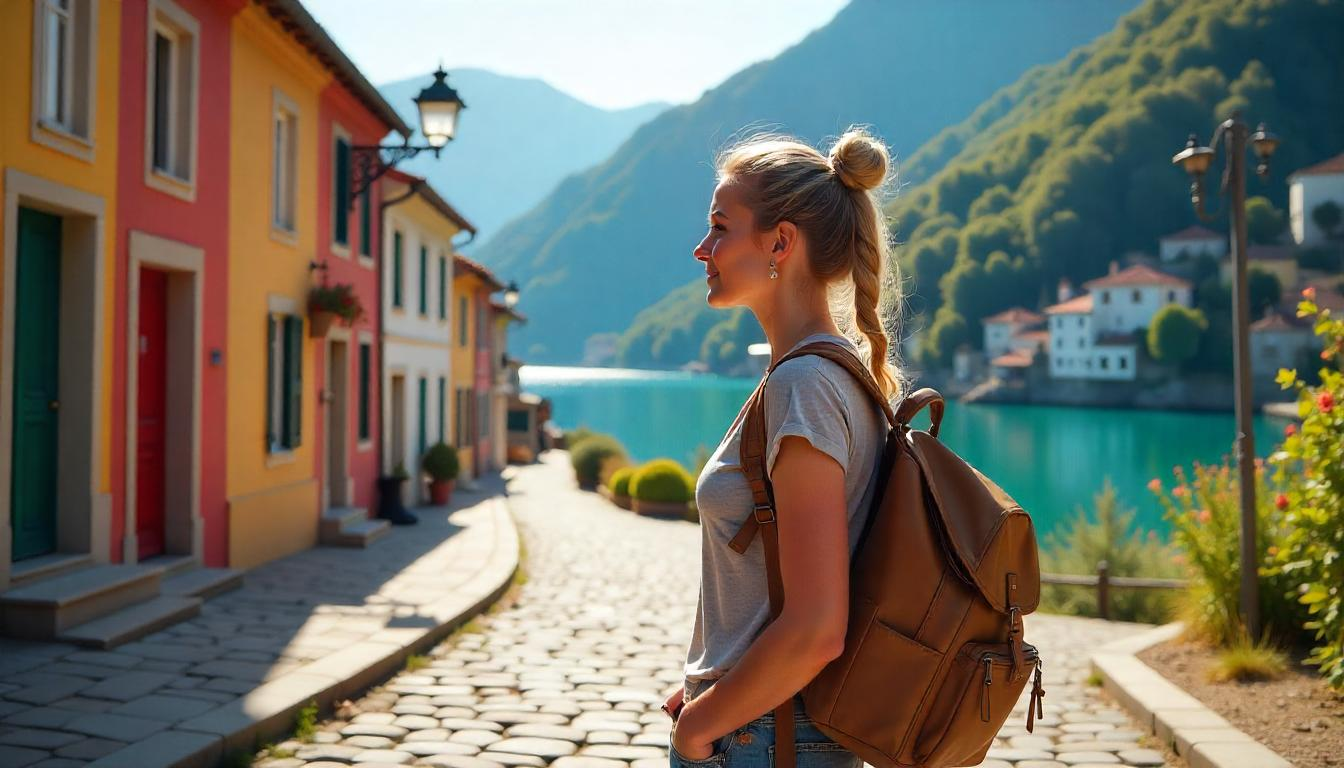Traveling solo as a woman is one of the most empowering and transformative experiences you can have. South America, with its vibrant cities, rich cultural history, stunning landscapes, and warm-hearted locals, offers endless opportunities for adventure. However, like any solo travel experience, especially as a woman, safety should be a top priority. South America has unique cultural norms, varied safety conditions, and logistical challenges that are essential to understand.
In this comprehensive guide, we’ll share practical solo female travel safety tips for South America to ensure your journey is secure, enjoyable, and unforgettable.
1. Understand Country-Specific Safety Situations
South America is a continent of contrasts. Countries like Chile and Uruguay are generally considered safer, while others, such as Venezuela or certain regions of Colombia, have higher crime rates. Therefore, your safety strategy should start long before departure by researching each country individually.
Check government websites like the U.S. Department of State, UK Foreign Travel Advice, or Australia’s Smart Traveller for the latest updates. Pay special attention to:
- Areas with high crime rates
- Regions affected by political unrest
- Areas prone to natural disasters
- Entry requirements and health advisories
Join travel forums, follow local travel bloggers, and read recent travel experiences to gather real, on-the-ground advice.
2. Learn Basic Spanish (or Portuguese for Brazil)
Language barriers can create confusion and sometimes vulnerability. Most South American countries speak Spanish, while Brazil speaks Portuguese. Learning basic phrases can help you navigate public transportation, markets, accommodations, and emergencies with ease.
Key phrases to memorize include:
- “¿Dónde está la estación?” (Where is the station?)
- “Necesito ayuda.” (I need help.)
- “¿Cuánto cuesta?” (How much does it cost?)
- “Estoy perdida.” (I am lost.) Additionally, apps like Google Translate and offline dictionaries are valuable tools.
3. Blend In and Dress Conservatively
South American fashion varies, but modesty is generally appreciated, especially in smaller towns and rural areas. Avoid flashy jewelry, expensive electronics, and designer handbags. Dressing conservatively and simply will help you avoid drawing unwanted attention and blend in with locals.
Consider observing what local women wear and adapt accordingly. In beach areas like Rio de Janeiro, casual and relaxed attire is common, while in Andean regions like Bolivia or Peru, layers and traditional garments are the norm.
4. Prioritize Trusted Accommodations

Choosing the right place to stay can significantly impact your safety. Always book accommodations that are well-reviewed on platforms like Booking.com, Hostelworld, or Airbnb. Look for:
- Female-only dorms or women-friendly hotels
- 24/7 reception and security
- Central, well-lit locations
- Verified guest reviews emphasizing cleanliness and safety
Hostels often foster a social environment, which can be beneficial when looking for travel buddies or getting local advice.
5. Use Safe and Verified Transportation

Transportation in South America varies widely. When moving between cities or exploring within towns, always prioritize:
- Licensed taxi services or ride-hailing apps like Uber, DiDi, or Cabify
- Reputable bus companies (Cruz del Sur, Andesmar, etc.)
- Avoid hitchhiking or accepting unsolicited rides
- For flights, stick to well-known airlines, especially for domestic travel
If traveling overnight by bus, choose VIP or first-class options that offer added comfort and security.
6. Limit Valuables and Keep Documents Safe
Traveling light is not just practical but safer. Carry only essential items when out for the day:
- Minimal cash
- One credit/debit card
- Photocopies of passport and visas (store originals securely at your accommodation)
- Mobile phone with emergency numbers saved
Invest in anti-theft bags with lockable zippers or money belts. Many travelers use small padlocks for their backpacks and lockers in hostels.
7. Share Your Itinerary and Stay Connected
One key to solo travel safety is ensuring someone knows where you are. Share your travel plans with family or trusted friends. Apps like Google Maps’ location sharing and WhatsApp’s live location feature allow real-time updates.
Consider registering with your country’s embassy when entering a new nation—many offer traveler registration services to assist in emergencies.
8. Trust Your Intuition and Set Boundaries

Your gut instinct is a powerful tool. If something feels off, don’t second-guess yourself—leave the situation immediately. Whether it’s a pushy stranger, an unsafe-looking alley, or an uncomfortable conversation, always prioritize your well-being.
It’s okay to be assertive:
- Politely decline offers or invitations
- Use confident body language
- Avoid oversharing personal details with strangers
9. Drink Responsibly and Stay Aware
South America is famous for its nightlife—from tango clubs in Buenos Aires to samba parties in Rio. While it’s tempting to let loose, always drink responsibly.
- Watch bartenders prepare your drink
- Never leave your drink unattended
- Know your limits and avoid excessive alcohol consumption, especially alone
If heading to bars or clubs, try to go with trusted companions from your hostel or organized tours.
10. Pack a Solo Safety Essentials Kit
A few key items can add an extra layer of security:
- Whistle
- Doorstop alarm (great for hotel rooms)
- Portable phone charger
- Flashlight
- First-aid kit
- Personal safety apps like Noonlight or bSafe
- Pepper spray (where legal)
These small additions offer peace of mind and practical support.
11. Book Group Tours for Certain Activities
While solo travel is freeing, some activities are better enjoyed in groups. Book guided tours for:
- Remote hikes (Machu Picchu, Torres del Paine)
- Amazon rainforest trips
- Nighttime excursions
- Cultural experiences (cooking classes, city tours)
This ensures you’re not isolated in unfamiliar areas and often includes valuable local insights.
12. Be Aware of Common Scams
Unfortunately, petty theft and scams are not uncommon. Some scams solo female travelers might encounter include:
- Distraction techniques (spilled liquids, fake police asking for documents)
- Overcharging taxis without meters
- Fake tour guides
Stay vigilant, avoid overly friendly strangers, and always verify credentials before making payments or sharing personal information.
13. Purchase Travel Insurance
Travel insurance isn’t optional—it’s essential. It covers:
- Medical emergencies
- Trip cancellations
- Theft or loss of belongings
- Emergency evacuations
Companies like World Nomads, SafetyWing, or Allianz are popular choices among solo travelers.
Conclusion
Traveling solo as a woman in South America can be a transformative and empowering experience, filled with rich cultures, breathtaking scenery, and meaningful connections. By staying informed, prepared, and aware of your surroundings, you can enjoy all the wonders the continent has to offer while prioritizing your safety.
FAQs About Solo Female Travel Safety Tips for South America
1. Is South America safe for solo female travelers?
Yes, but it requires caution. Some countries and cities are safer than others. Research, preparation, and following safety practices are key to having a secure trip.
2. Which is the safest country in South America for solo female travelers?
Uruguay and Chile are generally considered the safest countries. However, safety depends on specific regions and your behavior, so always stay aware and informed.
3. Should I avoid public transportation in South America?
Not necessarily. Public transportation is widely used but varies by country. Buses and subways in major cities can be safe but require vigilance. Opt for trusted companies and avoid crowded areas known for pickpocketing.
4. Can I use dating apps safely while traveling solo in South America?
While dating apps are popular, always meet in public spaces, let someone know where you’re going, and avoid sharing accommodation details immediately.
5. What’s the best way to deal with street harassment?
Unfortunately, catcalling can be common. Ignore unwanted attention, avoid eye contact, and remove yourself from uncomfortable situations confidently and quickly.



